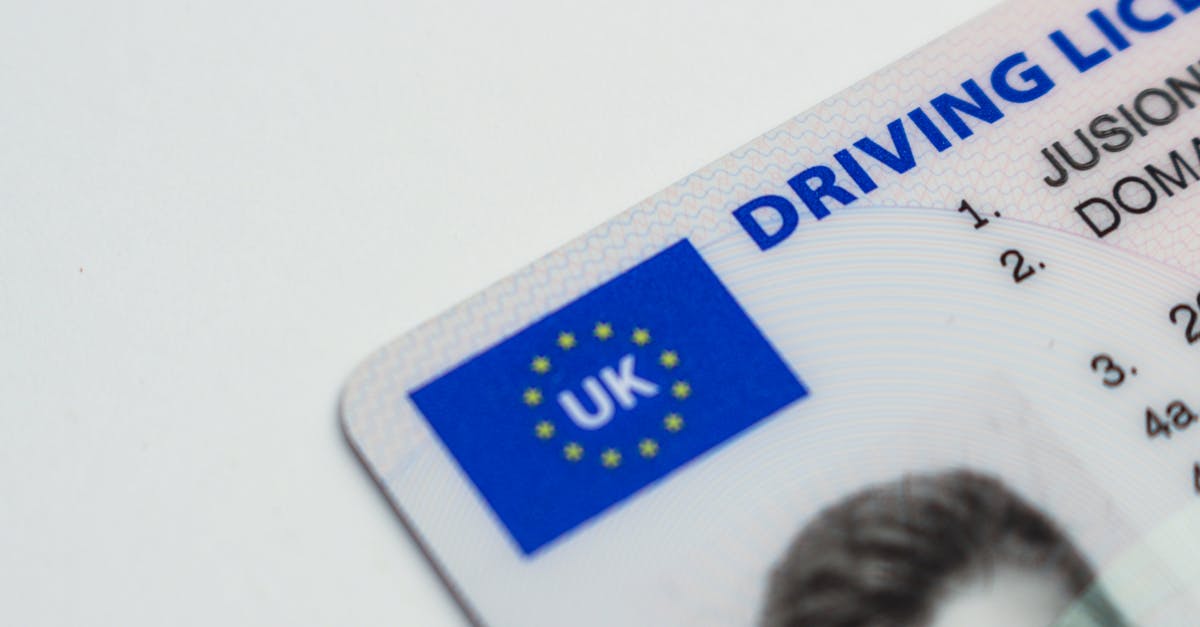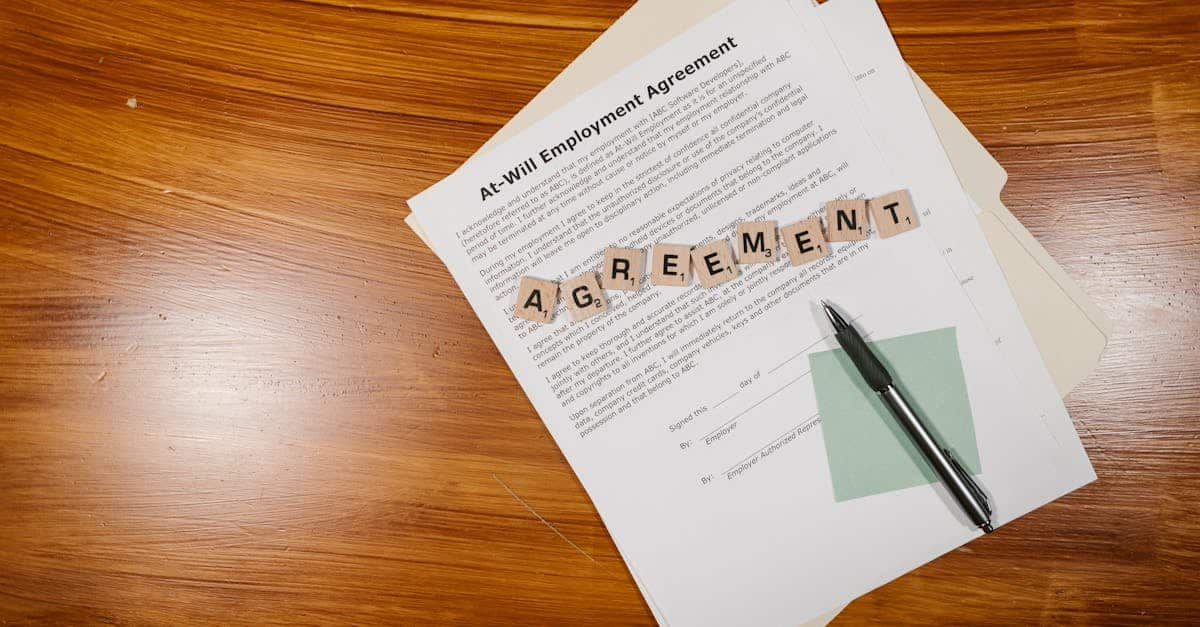
Introduction
Why this matters. Post‑deal diligence stalls not because of strategy, but because employee records are messy: unsigned offers, missing tax and immigration paperwork, inconsistent IDs, and no reliable audit trail. If you manage HR, compliance, or legal work, you’ve seen how fragile HR onboarding processes can turn a clean deal into a costly remediation project — delaying closings, surfacing legal risk, and ballooning integration effort.
This article shows how to build an **audit‑ready** onboarding system that standardizes employee records, retention workflows, and evidence collection. By adopting **standard templates**, a clear metadata schema, and **document automation** (e‑signatures, immutable logs, and retention rules), you can speed HRIS merges, automate bulk remediation, and produce exportable audit packages that diligence teams trust. Read on for practical checklists, playbooks, Formtify templates, and a step‑by‑step runbook to make your next acquisition smoother and defensible.
Common onboarding data issues that derail post‑acquisition due diligence
Missing or incomplete records. New hire onboarding often leaves gaps: unsigned offer letters, missing tax forms, incomplete identity documents, or absent background-check evidence. These gaps create legal risk and slow diligence.
Inconsistent metadata and identifiers. Employee records living in multiple systems use different IDs, date formats, job titles, or entity names. That inconsistency makes it hard to reconcile headcount, compensation history, and tenure during an acquisition.
Nonstandard templates and free‑text fields. Legacy or regional templates (or free‑text fields) hide critical data in prose. This defeats automated extraction and the onboarding checklist you rely on for audits.
No audit trail or versioning. Records without immutable logs, version history, or reliable timestamping create uncertainty about whether signed agreements were in force at a given time.
Quick triage checklist
- Prioritize high‑risk cohorts (sales, leadership, contractors).
- Run a completeness report: missing IDs, missing tax/immigration documents.
- Normalize job titles and entity names before headcount reconciliation.
- Flag records with no signed/dated agreements for immediate remediation.
Legal and HR priorities when consolidating workforces (retention, portability, local notices)
Retention first. Identify key talent early and put retention strategies for new hires in place: targeted offers, counter‑offer playbooks, and tailored onboarding training modules to reduce post‑deal attrition.
Benefits portability and continuity. Map pensions, health plans, equity and other benefits to determine portability and potential liabilities. Confirm whether benefit transfers trigger local statutory notices or consent requirements.
Local statutory notices and employee rights. Different jurisdictions require specific notices, consultation periods, or collective bargaining processes. Make compliance onboarding for employees a legal checkpoint of the acquisition plan.
Immigration and permits. Verify work authorization and visa portability. Missing immigration paperwork is a common blocker to moving staff across legal entities.
- Screen for restrictive covenants and change‑of‑control clauses that could affect offer acceptance.
- Plan for data privacy and cross‑border transfer approvals before sharing personal records.
Designing standardized onboarding templates and metadata to speed audits and HRIS merge
Standard templates reduce ambiguity. Create uniform offer letters, employment agreements, and verification templates that capture required discrete fields rather than long free‑text paragraphs.
Define a metadata schema. Standard fields should include: global employee ID, legal employing entity, local entity code, hire date, contract type, FTE, compensation components (base, bonus, equity), benefit enrollment flags, immigration status, and document status flags (signed/unsigned/date).
Metadata example (baseline)
- employee_id (global)
- entity_code, legal_employer
- hire_date, original_start_date
- contract_type (FT/PT/Fixed‑term/Contractor)
- compensation_struct{base,bonus,equity}
- document_status{offer_signed,agreement_signed,background_clear}
Template best practices. Embed fields for discrete data capture, enforce required fields, and attach a version identifier and effective date to every template. This makes the hr onboarding process and subsequent audits far quicker.
Automated evidence collection: versioning, immutable logs, E‑sign and retention rules
Immutable logs and version control. Ensure every document, template version, and field change is logged with who/what/when. Immutable logs reduce dispute risk and are essential for post‑acquisition due diligence.
Signed evidence via E‑sign. Use e‑signature tools that embed audit trails (IP, timestamp), and capture a copy of the signed agreement in the record. Link signed artifacts directly to the employee’s HR record.
Retention and disposition rules. Implement retention schedules mapped to local legal requirements and define disposition actions for redundant or superseded documents. Retention metadata should be machine‑readable for audit exports.
Automation patterns
- Automated onboarding workflows that collect missing documents and escalate non‑responsive hires.
- Versioned templates with unique IDs and immutable attachments.
- Exportable audit packages that include signed documents, logs, and metadata for each employee.
Playbook examples: offer‑to‑onboard bundle, offboarding & contract novation templates for acquired staff
Offer‑to‑onboard bundle (core steps). 1) Issue standardized offer letter with discrete fields; 2) Collect signatures and evidence (ID, tax, background checks) via an automated workflow; 3) Execute employment agreement and confirm start date; 4) Enroll in orientation and role‑specific onboarding training modules.
Offboarding & contract novation. For staff transferring between entities, use a contract novation template to document continuity or change in terms, and a termination template where necessary to avoid unintended retention obligations. Ensure any novation records include employee consent, effective date, and impact on benefits.
Example playbook actions.
- Bundle: Job offer → Pre‑employment checks → Agreement signing → HRIS record creation → Orientation assignment.
- Transfer: Novation template + consent capture → Benefits mapping → Payroll setup.
- Redundancy: Termination letter template + severance calculation + final payroll and benefits offboarding.
Use proven templates to reduce negotiation time and make the onboarding checklist auditable. See standard forms: offer letters and employment agreements to accelerate execution and evidence collection.
Offer letter template • Employment agreement (example) • Termination/novate guidance
Recommended Formtify template sets to standardize records across entities
Why use Formtify templates. Standardized, pre‑built templates speed execution, ensure consistent metadata capture, and make exports audit‑ready. They also reduce free‑text fields and force the discrete data capture needed for HRIS merges.
Key Formtify templates to adopt.
- Job offer letter — use as the canonical offer with mapped fields.
- Employment agreement (example) — adapt and version per jurisdiction.
- Termination of employment letter — for redundancies and contract end.
- Employment verification letter — standardized proof of employment artifacts.
- Change of registered address / entity notice — governance and legal notices.
How to deploy. Version and localize each template. Publish a global canonical set and allow controlled, auditable local variations. Link every completed form to the employee record and to the onboarding checklist to support hr onboarding best practices.
Operational steps: mapping templates to target HRIS fields, runbook for bulk remediation and audit export
Step 1 — Inventory & mapping. Export current records and template fields. Create a field map: source template field → canonical field name in target HRIS. Include transformation rules for date formats, currencies, and job codes.
Step 2 — Validation and business rules. Define required fields, default values, and validation rules. Build a remediation queue for records missing required evidence or failing validation.
Step 3 — Bulk remediation runbook.
- Stage A: Auto‑fill using matching rules (email, national ID).
- Stage B: Notify employees for missing documents using automated onboarding workflows.
- Stage C: Manual review for exceptions with an escalation path to HR/legal.
Step 4 — Import and reconciliation. Load cleansed data into the target HRIS in a sandbox first, reconcile headcount and compensation totals, then run a production import with logging enabled.
Step 5 — Audit export and evidence package. Produce export bundles per employee containing canonical record, signed documents, log entries, and version history. These bundles should be machine‑readable and human‑presentable for diligence reviewers.
Tools & automation notes. Use onboarding software that supports API‑based field mapping, automated onboarding workflows, and exportable audit packages to accelerate the hr onboarding process and to reduce manual effort.
Summary
Clean, consistent employee records are the difference between a smooth post‑deal integration and a costly remediation sprint. Standardized templates, a clear metadata schema, and automated evidence collection (e‑signatures, immutable logs, and machine‑readable retention rules) make it practical to reconcile headcount, prove compliance, and produce exportable audit packages. Document automation speeds HR onboarding and HRIS merges, reduces manual remediation, and gives legal and compliance teams a defensible trail for diligence reviewers. Ready to make your next acquisition smoother? Start with standardized templates and runbooks at https://formtify.app.
FAQs
What is HR onboarding?
HR onboarding is the structured process that brings a new hire into the company and equips them to succeed. It covers paperwork (offers, tax, identity proofs), benefits enrollment, role training, and systems access, with an audit‑ready trail of evidence where required.
How long should HR onboarding last?
Onboarding timelines vary by role and complexity: administrative tasks should be completed before or on day one, while role‑specific training and cultural assimilation typically span 30–90 days. For M&A scenarios, plan additional time for verification, novation, and benefits mapping to avoid post‑closing delays.
What are the key steps in the HR onboarding process?
Core steps include issuing a standardized offer, collecting required documents and signatures, executing employment agreements, creating the HRIS record, and enrolling employees in benefits and training. For acquisitions, add verification, novation or transfer steps, and an exportable evidence package for diligence.
What should be included in an HR onboarding checklist?
A practical checklist captures discrete items: signed offer and agreement, tax and ID documents, background check status, immigration/visa evidence, compensation components, benefits enrollment flags, and template version/metadata. Include validation rules and a remediation path for missing items to keep the record audit‑ready.
How can HR improve the onboarding experience?
Streamline the experience with standardized templates, required discrete fields (not free text), and automated workflows that collect missing documents and escalate exceptions. Pair this with clear communications, role‑specific training modules, and an immutable audit trail to improve speed and trust for both employees and diligence teams.





